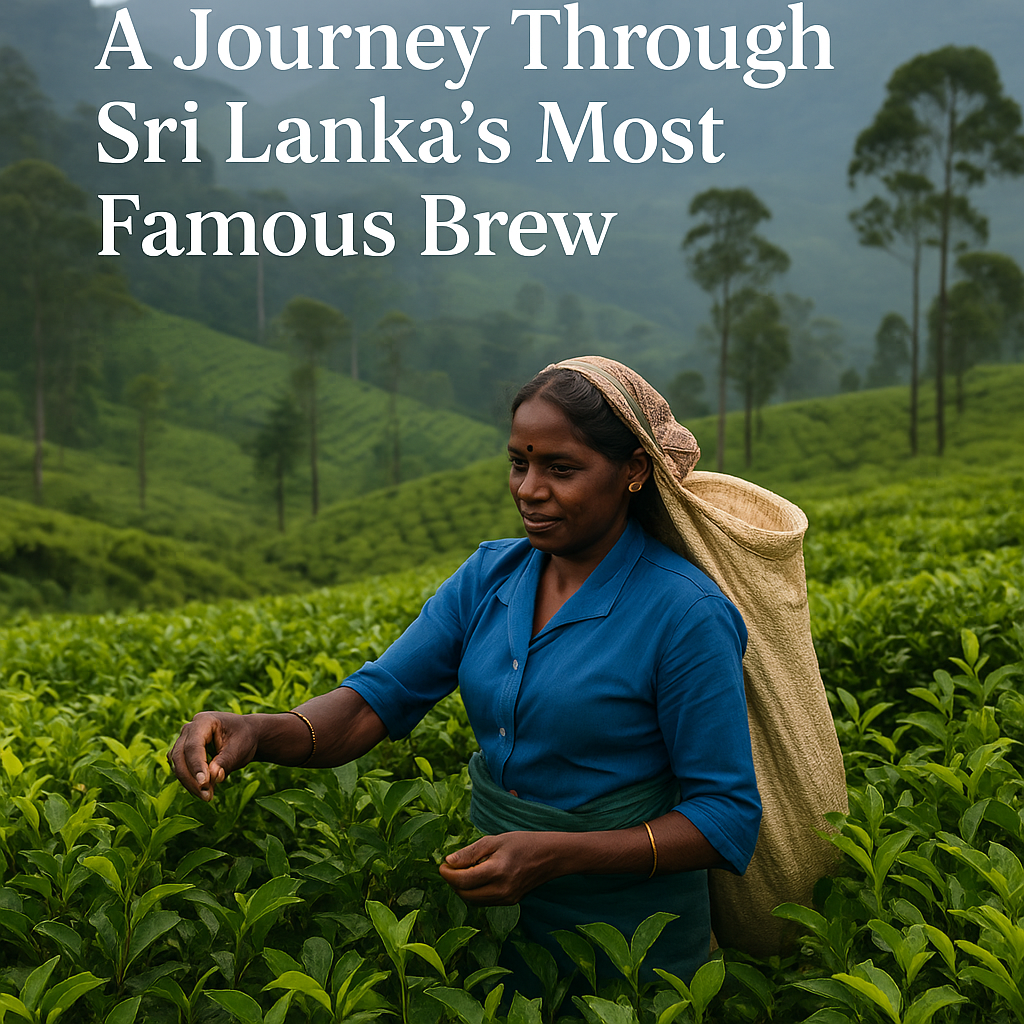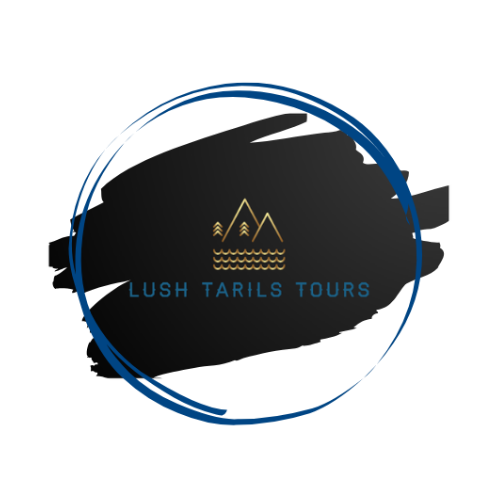
When you think of Sri Lanka, one of the first things that likely comes to mind is Ceylon tea—a name that carries prestige, history, and a legacy of flavor recognized across the globe. For tea lovers, travelers, and cultural explorers alike, embarking on a Ceylon tea journey through the heart of the island is a one-of-a-kind experience that blends nature, heritage, and sensory delight.
In this blog post, we invite you to explore the story of Ceylon tea, uncover the secrets behind its unique taste, and learn how you can immerse yourself in the tea trails of Sri Lanka.
What Is Ceylon Tea?
Ceylon tea refers to tea grown in Sri Lanka, formerly known as Ceylon under British colonial rule. The term has become a global symbol of quality. What makes Ceylon tea unique is not just the altitude or the soil—but the distinct regional flavors produced in different parts of the country. Whether it’s a brisk black tea from Uva, a light and floral brew from Nuwara Eliya, or a bold, full-bodied cup from Ruhuna, every region offers something different.
The History Behind the Brew
Tea was introduced to Sri Lanka in the 19th century by British planter James Taylor, after coffee plantations were devastated by disease. In 1867, Taylor planted the first tea bushes in Loolecondera, Kandy, setting the stage for what would become a multi-billion-dollar industry. Today, Sri Lanka is one of the top tea exporters in the world, with Ceylon tea becoming a treasured national symbol.
Where to Go: Top Tea Regions in Sri Lanka
If you’re planning a Ceylon Tea Exploration, here are the must-visit regions that define Sri Lanka’s tea heritage:
1. Nuwara Eliya – The Champagne of Ceylon Tea
Known as “Little England,” this cool-climate town sits at over 1,800 meters above sea level. The crisp air and misty hills make it perfect for producing light, fragrant teas with a delicate character. Visit estates like Pedro Tea Estate or Damro Labookellie, where you can tour the factory, walk through the tea fields, and enjoy a freshly brewed cup overlooking the plantation.
2. Ella – Scenic Beauty Meets Tea Culture
Ella is more than just stunning views and waterfalls—it’s also a thriving tea-growing area. The Halpewatte Tea Factory, one of the largest in the region, offers guided tours that explain every step of the tea-making process. While you’re there, don’t miss hiking up Little Adam’s Peak or watching the iconic train pass over Nine Arches Bridge.
3. Kandy – Birthplace of Ceylon Tea
Kandy is home to Sri Lanka’s very first tea plantation. Although it’s a lower-altitude region, Kandy still produces strong, full-bodied teas. The Ceylon Tea Museum, housed in an old tea factory in Hantane, is a great stop to understand the historical roots of the industry.
4. Uva and Dimbula – Bold and Aromatic
The teas from these regions are known for their unique flavor profiles. Uva teas are aromatic and slightly sweet, while Dimbula teas are richer and more robust. These regions are less touristy but offer authentic estate experiences for travelers who want to go off the beaten path.
What to Expect on a Ceylon Tea Tour
A typical tea tour in Sri Lanka includes:
Estate walks through rows of vibrant green tea bushes
A visit to a working tea factory, where you’ll see plucking, withering, rolling, fermenting, and drying in action
Tasting sessions that teach you how to appreciate the subtle differences between tea types
Insights into the life of tea pluckers, many of whom are women from Tamil communities who have worked in estates for generations
Many tours also include a high tea experience, where you’ll be served fresh scones, cakes, and sandwiches alongside your brew—often with a stunning mountain view.
Types of Ceylon Tea to Explore
Ceylon tea isn’t just black tea. You’ll find a wide variety of flavors and types, including:
Black Tea – The most common and widely exported. Comes in grades like BOP (Broken Orange Pekoe) and FBOP (Flowery Broken Orange Pekoe).
Green Tea – Light, grassy, and increasingly popular with health-conscious consumers.
White Tea – Rare and handpicked from tender buds, with a mild and delicate flavor.
Herbal and Flavored Teas – Ceylon tea is often infused with cinnamon, ginger, lemongrass, or tropical fruit for added depth.
Why Ceylon Tea Matters Today
Beyond taste, Ceylon tea represents sustainability, tradition, and fair labor practices. Many estates are Rainforest Alliance Certified and actively involved in community development. Supporting the Ceylon tea industry means supporting local livelihoods and preserving natural biodiversity.
Tips for Planning Your Tea Journey
Best Time to Visit: December to April is ideal for visiting the central hills, while July to September is better for the Uva region.
What to Wear: Bring warm clothing for higher elevations. Tea estates are cool, misty, and often breezy.
Stay at a Tea Bungalow: Many estates now offer beautiful boutique stays in colonial-era bungalows with estate views.
Buy Local: Pick up some loose-leaf tea at the source for fresher quality and to support ethical tea producers.
Final Thoughts
Whether you’re a seasoned tea connoisseur or someone who simply enjoys a daily brew, a Ceylon Tea Exploration is a chance to connect with the roots of your cup. From the lush hills of Nuwara Eliya to the heritage of Kandy and the serenity of Ella, the experience goes far beyond taste—it’s a cultural, historical, and spiritual journey.
So the next time you sip Ceylon tea, remember: it’s not just a beverage. It’s Sri Lanka, in a cup.
